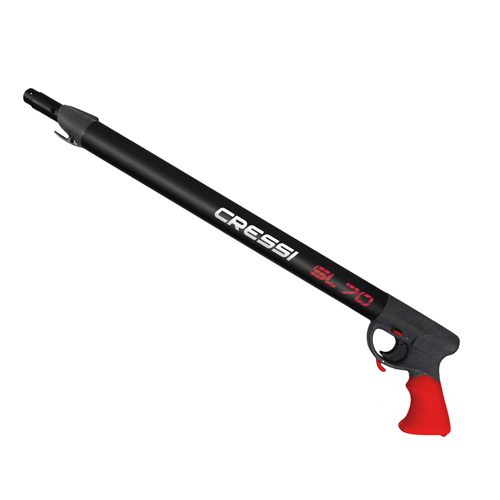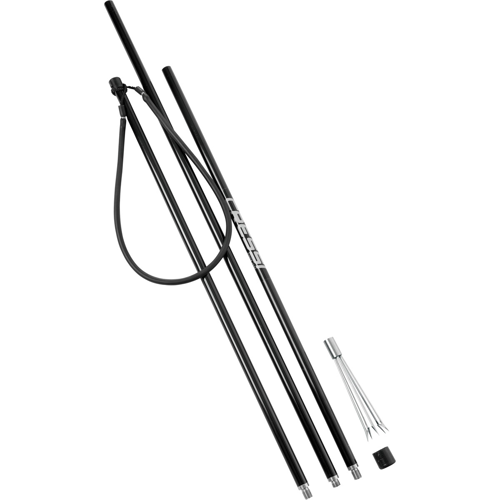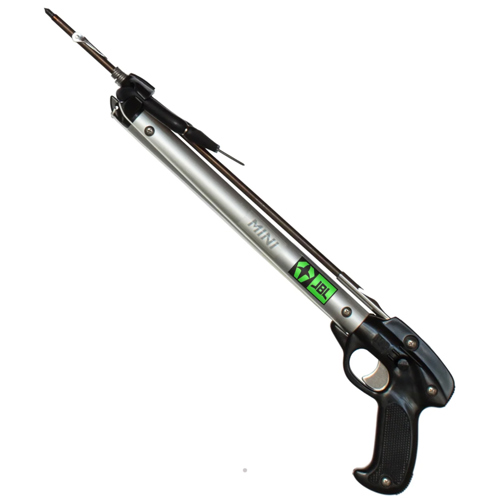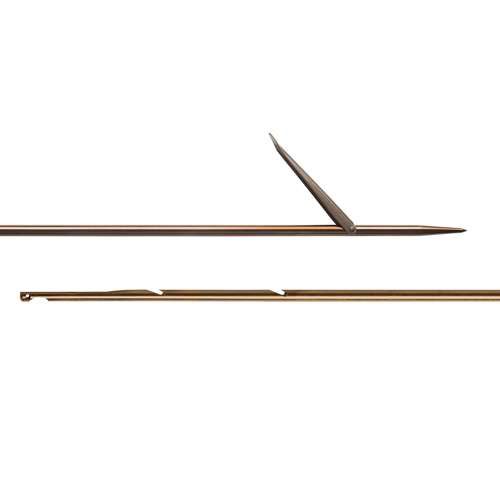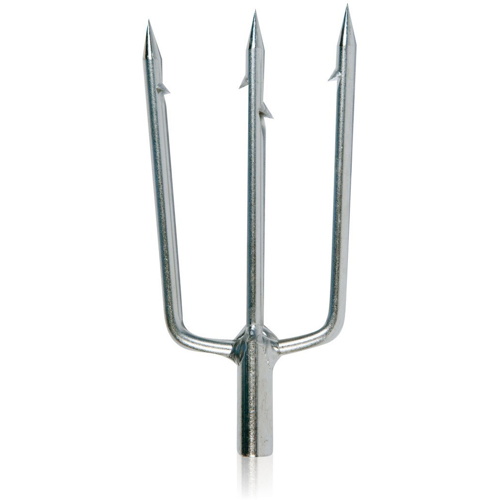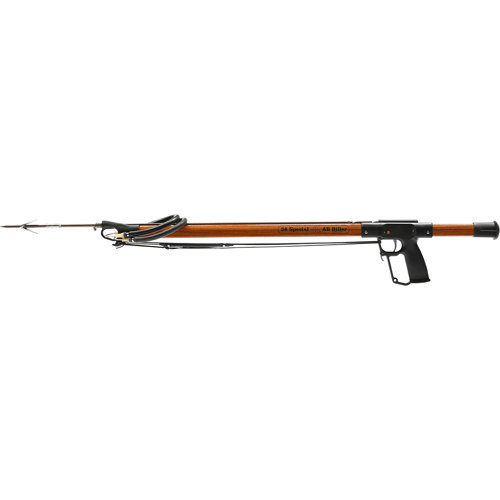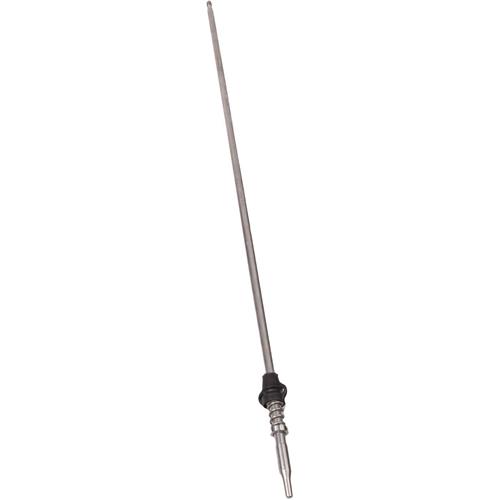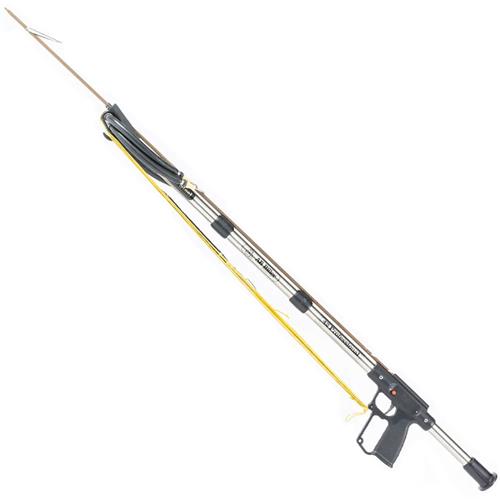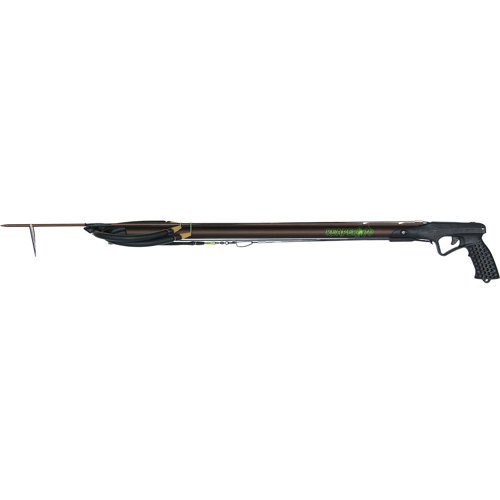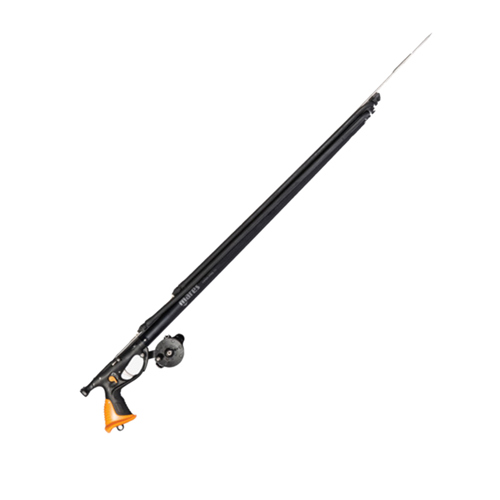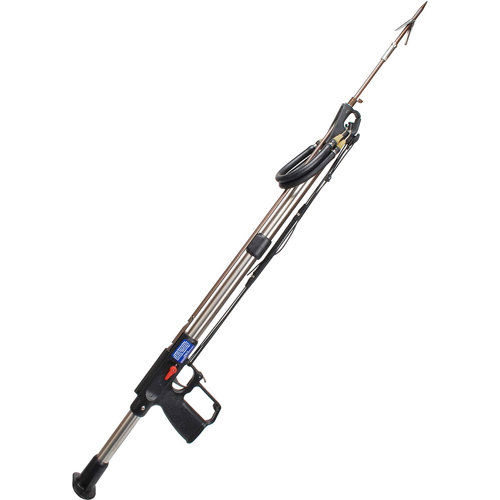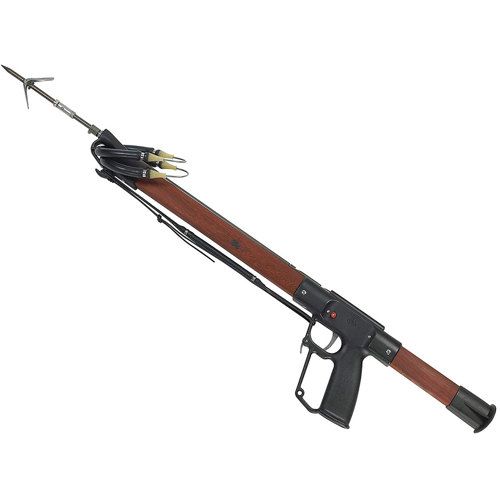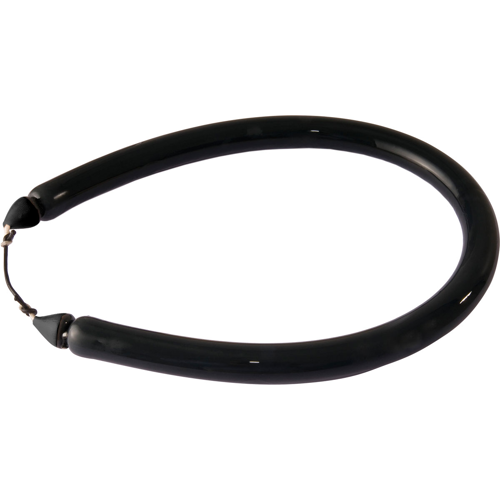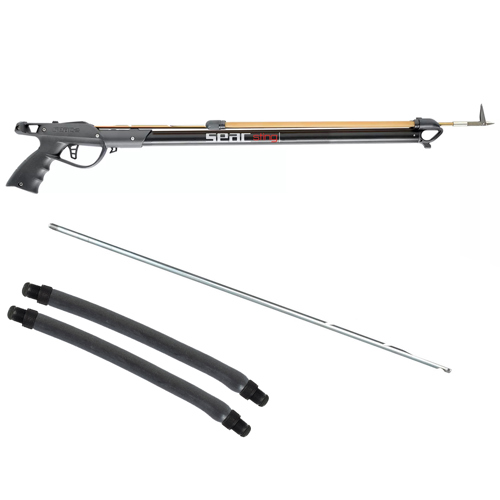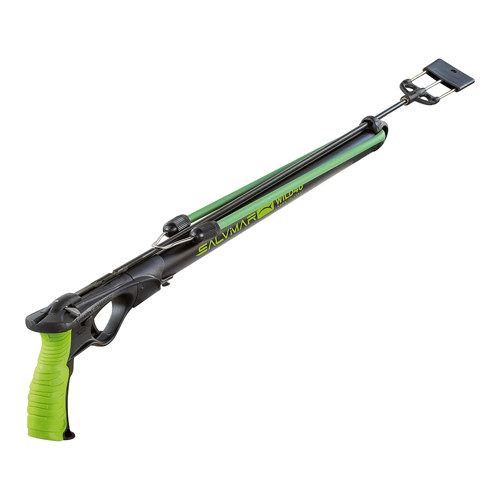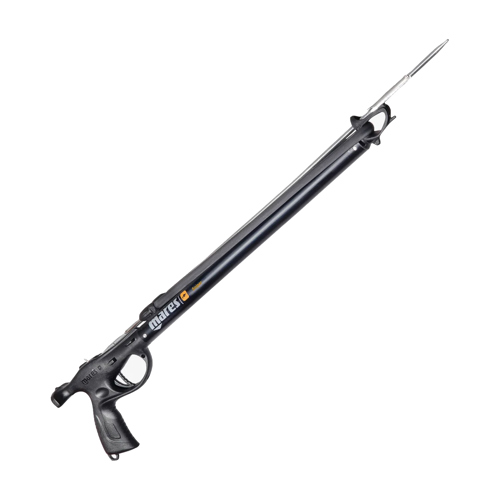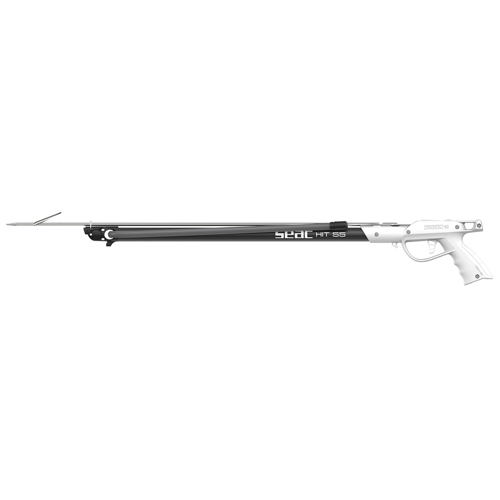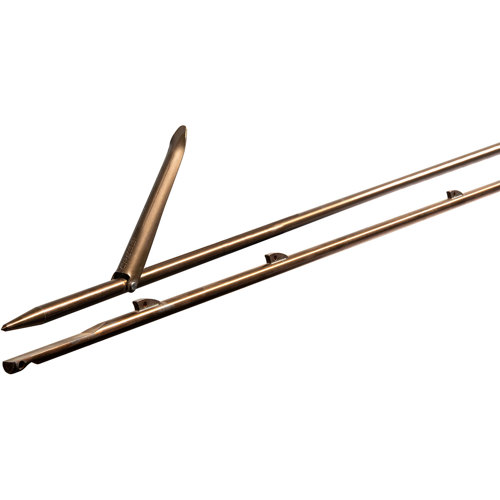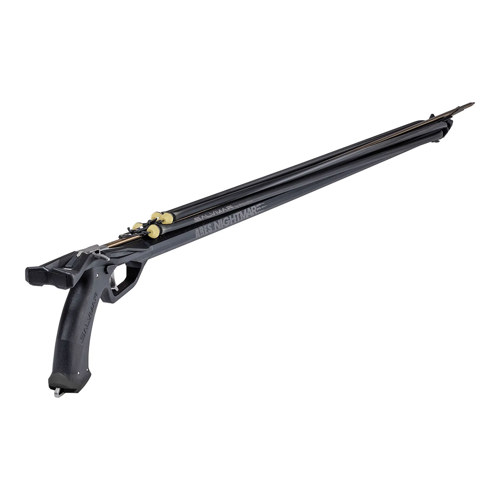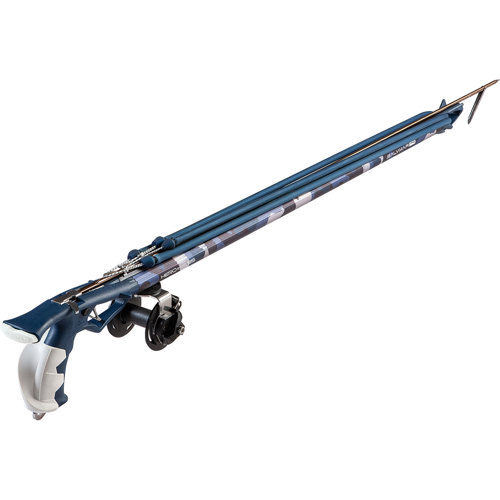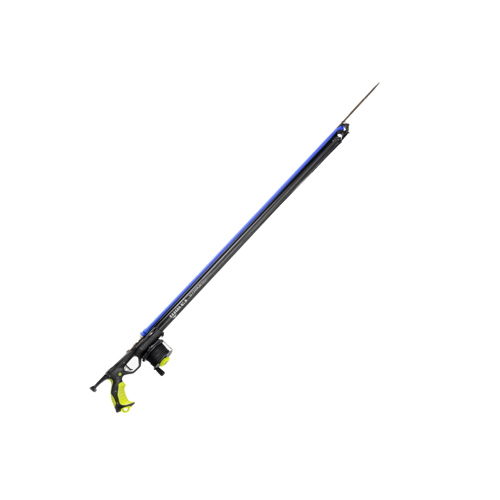When choosing a speargun, durability is often at the top of every diver’s list, especially for those who spend long hours in saltwater environments or embark on frequent spearfishing expeditions. The longevity of a speargun is shaped by a combination of its materials, construction, and the care it receives. Seasoned divers often reminisce about their first wooden speargun, crafted from dense teak or mahogany, which weathered years of use with only the occasional sanding and oiling. These woods are naturally resistant to water damage, warping, and cracking, making them an enduring favorite among spearfishing enthusiasts. For those who prefer a lighter touch, aluminum and carbon fiber spearguns offer a compelling balance of weight and sturdiness, gliding effortlessly through the water while resisting corrosion and the knocks that come with traversing rocky reefs. Stainless steel components, from the trigger mechanism to the spear shaft, are prized for their ability to withstand the relentless assault of salt and sand, ensuring that the speargun remains reliable even after countless dives. It’s not uncommon to see divers pass down their well-maintained gear to friends or family, a testament to the lasting nature of a thoughtfully chosen and cared-for speargun.
The summer months, especially in August, see a surge of activity along coastlines as both seasoned hunters and newcomers take to the water in search of adventure. For many, a speargun is more than just a tool—it’s an entryway to the underwater world, making it a thoughtful gift for anyone passionate about diving, underwater photography, or marine exploration. Whether for a young diver eager to land their first catch or a veteran looking to upgrade, durability is a key consideration. Banded spearguns, with their simple and robust design, are often favored for their reliability and ease of maintenance, especially in remote locations where spare parts are hard to come by. Pneumatic spearguns, while powerful and compact, require more attention to seals and regular lubrication, making them a better fit for those willing to invest in ongoing care. The choice of spear shaft also plays a crucial role—hardened stainless steel resists bending and corrosion, while high-carbon spring steel offers flexibility but demands vigilance against rust. The right combination of materials and construction can mean the difference between a speargun that lasts a season and one that becomes a trusted companion for years.
Proper maintenance is the cornerstone of speargun durability, no matter the model or material. After each dive, rinsing the speargun thoroughly with fresh water and allowing it to dry in a shaded area helps prevent salt buildup and material degradation. For pneumatic models, regular lubrication with mineral oil and frequent checks for air leaks are essential to ensure consistent performance and extend the life of the internal components. Divers who regularly hunt in challenging conditions—such as strong currents, rocky terrain, or when targeting larger fish—know firsthand how much stress a speargun can endure. These environments demand gear that’s not only tough but also easy to service in the field. Features like screw-on spear tips and modular construction allow for quick repairs and replacements, minimizing downtime and maximizing time in the water. For those seeking deeper insights into the relationship between robust construction and long-term performance, the page on
Spear Gun Reliability offers additional expert advice and practical tips. Ultimately, investing in a durable speargun and maintaining it with care ensures that every dive is safe, enjoyable, and rewarding, season after season.
Top Picks For Speargun Durability

